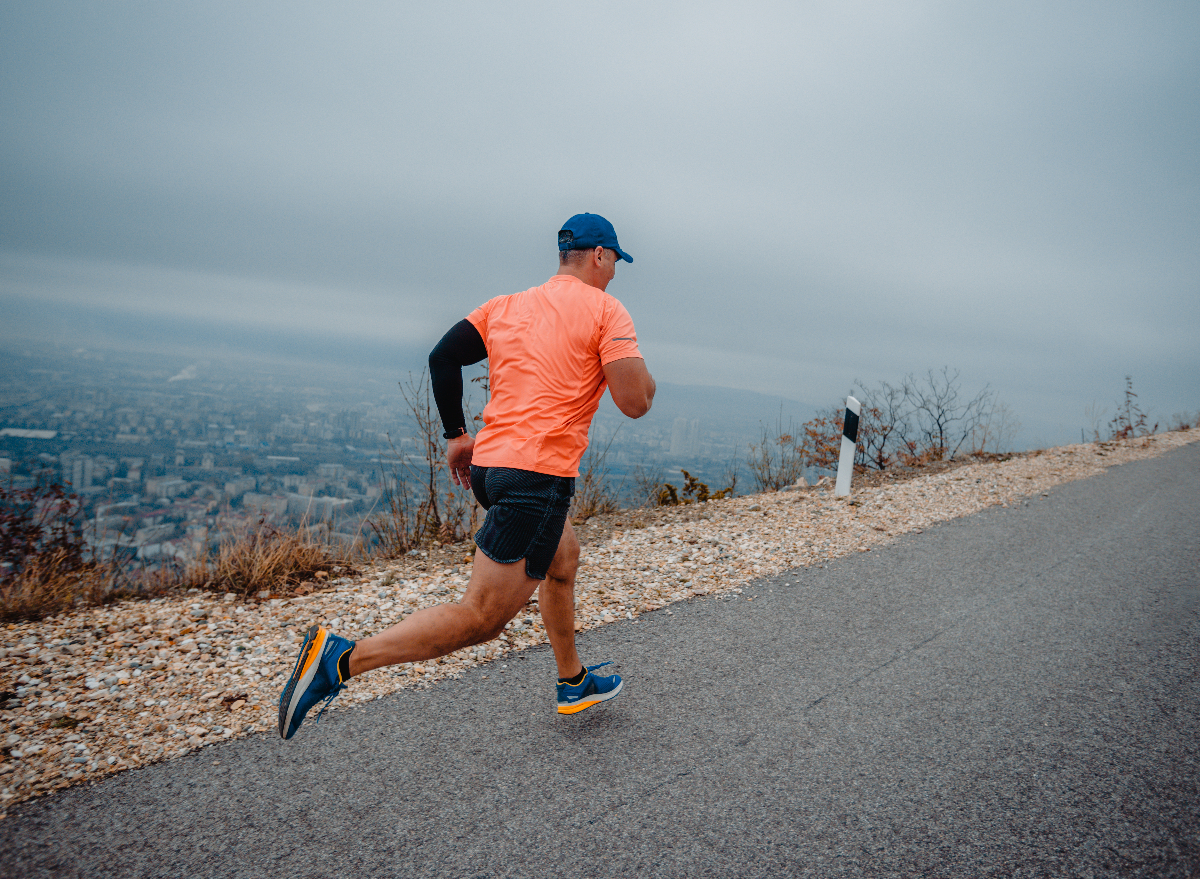Turbocharge Your Runs: Open Your Prospective with Strategic Running Workouts
Turbocharge Your Runs: Open Your Prospective with Strategic Running Workouts
Blog Article
Handling Common Running Discomforts: Reasons, Solutions, and Prevention
As runners, we frequently encounter numerous discomforts that can impede our performance and satisfaction of this physical task. From the incapacitating discomfort of shin splints to the irritating IT band disorder, these common operating pains can be frustrating and demotivating. Understanding the reasons behind these ailments is crucial in properly addressing them. By exploring the origin factors for these running discomforts, we can discover targeted solutions and safety nets to ensure a smoother and extra fulfilling running experience (Get More Info).
Usual Running Pain: Shin Splints
Shin splints, an usual running discomfort, commonly result from overuse or incorrect footwear during physical activity. The repeated anxiety on the shinbone and the tissues connecting the muscle mass to the bone leads to swelling and discomfort.
To protect against shin splints, individuals need to gradually boost the intensity of their workouts, put on appropriate shoes with correct arch assistance, and preserve adaptability and strength in the muscle mass bordering the shin (running workout). Additionally, including low-impact tasks like swimming or biking can help preserve cardio health and fitness while allowing the shins to heal.
Typical Running Discomfort: IT Band Syndrome
Along with shin splints, another common running pain that professional athletes often experience is IT Band Disorder, a problem created by inflammation of the iliotibial band that leaves the outer thigh and knee. IT Band Syndrome normally shows up as discomfort on the outside of the knee, especially during tasks like running or biking. The iliotibial band is a thick band of fascia that attaches the aware of the shin, and when it comes to be swollen or limited, it can massage versus the upper leg bone, bring about pain and discomfort.
Runners experiencing IT Band Syndrome might discover a painful or hurting sensation on the outer knee, which can aggravate with continued task. Elements such as overuse, muscle inequalities, improper running form, or inadequate warm-up can contribute to the advancement of this problem.
Usual Running Discomfort: Plantar Fasciitis

Plantar Fasciitis can be credited to various factors such as overtraining, incorrect shoes, working on hard surfaces, or having high arcs or level feet. To stop and minimize Plantar Fasciitis, runners can integrate stretching workouts for the calf bones and plantar fascia, put on encouraging shoes, preserve a healthy and balanced weight to minimize stress on the feet, and slowly enhance running strength to stay clear of unexpected anxiety on the plantar fascia. If signs continue, it is suggested to speak with a health care professional for proper diagnosis and therapy alternatives to attend to the condition efficiently.
Common Running Discomfort: Jogger's Knee
After resolving the challenges of Plantar Fasciitis, one more prevalent problem that runners usually face is Runner's Knee, a typical running pain that can impede sports efficiency and cause discomfort during physical activity. Runner's Knee, likewise recognized as patellofemoral discomfort disorder, shows up as discomfort around or behind the kneecap. Runners experiencing this pain may feel a boring, aching pain while running, going up or down stairways, or after extended durations of sitting.
Usual Running Discomfort: Achilles Tendonitis
Generally affecting joggers, Achilles Tendonitis is an uncomfortable condition that impacts the Achilles tendon, causing discomfort and potential restrictions in exercise. The Achilles tendon is a thick band of tissue that attaches the calf bone muscular tissues to the heel bone, critical for tasks like running, leaping, and walking - have a look. Achilles Tendonitis commonly establishes because of overuse, incorrect footwear, inadequate extending, or abrupt boosts in physical task
Signs of Achilles Tendonitis include pain and rigidity along the tendon, specifically in the early morning or after periods of lack of exercise, swelling that intensifies with activity, and potentially bone stimulates in persistent situations. sites To stop Achilles Tendonitis, it is vital to extend properly previously and after running, wear proper shoes with appropriate support, gradually boost the intensity of exercise, and cross-train to reduce recurring stress on the ligament.
Verdict

Report this page